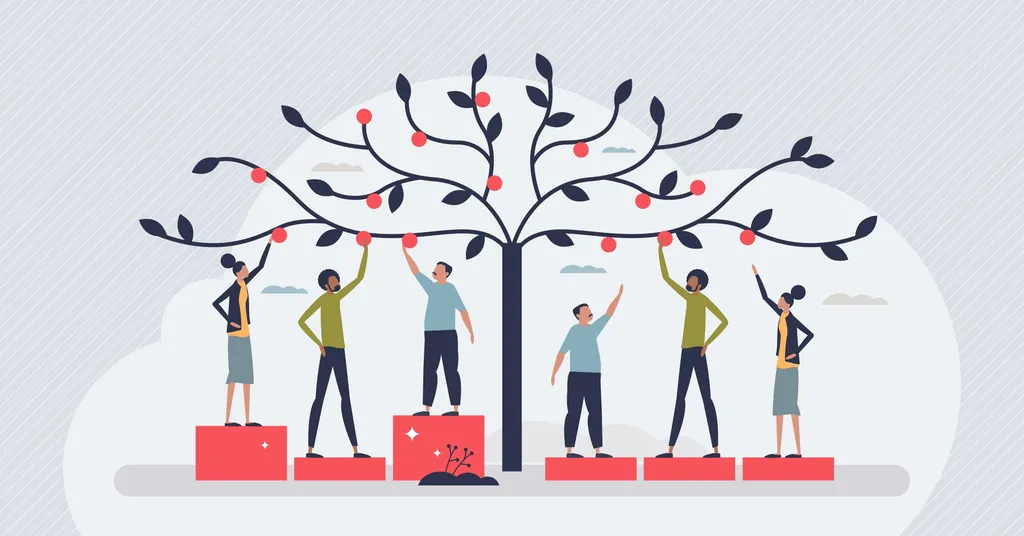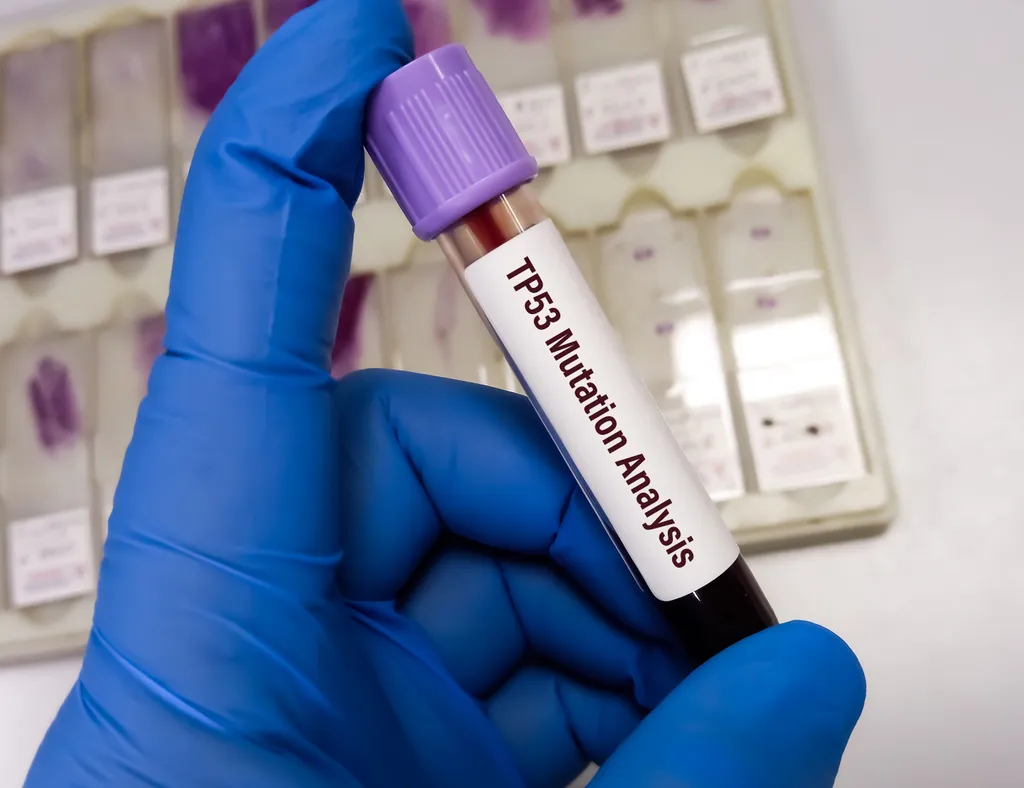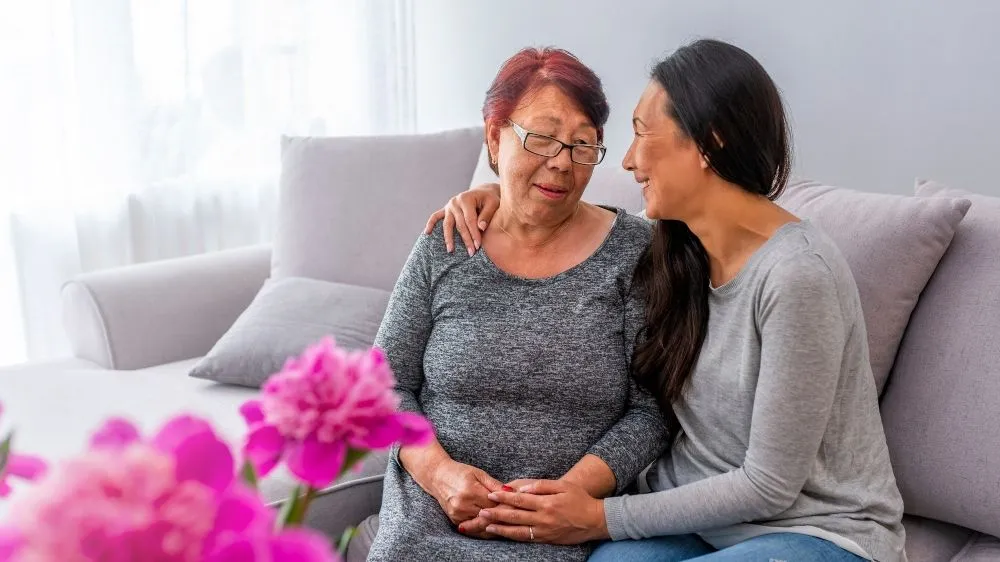ASH 2022: Root Causes of Health Inequity
The American Society of Hematology (ASH) promotes and nurtures a diverse and inclusive hematology community. As part of that commitment, they offered the ASH Health Equity Studio at this year's meeting in New Orleans, LA. The studio was a brave space designed to help attendees recognize inequities in health care and provide tools to make changes at their institutions.
The topics for each session surrounded health inequities which included:
- Defining Inequality and Root Causes of Health Inequities
- Overcoming the Lack of Diversity in Clinical Trials
- Recognizing and Addressing Implicit Bias
- Overcoming Disparities in Career Development
- Strategies to Improve Diversity and Inclusion in Healthcare and Industry
The sessions included a short expert commentary followed by an informal facilitated conversation about actions the participants could take to address health inequities at the attendee’s institution.
Root Causes of Health Inequities
I enjoyed the session on the root causes of health inequities. The short expert commentary for the session featured Robin Yabroff, the Scientific Vice President of Health Services Research at the American Cancer Society.
Dr. Yabroff described health equity as everyone having a fair and just opportunity to be as healthy as possible. Achieving health equity requires removing obstacles to health, such as poverty, discrimination, and their consequences, including powerlessness and lack of access to good jobs with fair pay, quality education and housing, safe environments, and health care. Health equity is separate from health equality, which is equal treatment and the availability of health care services to all.
In the session, Dr. Yabroff used the bicycle graphic below to distinguish between equality and equity. She explains that everyone gets equal access to the same bicycle, but it doesn’t mean everyone can ride it. When thinking about health equity, it means ensuring everyone has access to the bike that allows them to ride.
For the presentation, Dr. Yabroff discussed looking at healthcare through the camera lens, meaning that everyone has a fair and just opportunity to prevent, diagnose, treat and survive cancer. Even though cancer is a disease that can affect anyone, it does not affect everyone equally.
Data shows US cancer mortality rates are higher than in many other high-income countries that spend far less on cancer care. Those disparities in cancer outcomes also reflect the longstanding inequalities in the US based on geography, race and ethnicity, socioeconomic status, and health insurance coverage. These four factors in the US: geography, socioeconomic status, race and ethnicity, and health insurance coverage, reflect structural differences in Social Determinants of Health (SDOH).
Access to care barriers in the US showed more than 33% of adults report being unable to access care because of the cost. This percentage is more than doubled or even tripled compared to other countries like Sweden, England, Germany, etc., where fewer than 10% report being unable to access care because of cost. This suggests that access to care underlies many of the disparities in healthcare.
There are longstanding disparities in cancer care and outcomes in the US by geographical location, be it urban versus rural areas or state-level differences; socioeconomic status, income, education levels, race and ethnicity, and health insurance coverage.
Dr. Yabroff presented data showing geographical disparities in cancer mortality rates in males throughout the US. There were stronger geographic disparity mortality rates in the southeastern part of the country and much lower rates in the middle and western parts of the country US.
Data showing mortality by race and ethnicity reveals that African American or non-Hispanic black men have higher incidences of cancer and higher mortality rates than non-Hispanic white men. Non-Hispanic Black women have lower cancer incidence than non-Hispanic white women but have higher mortality rates. This really reflects differential access to care.
One of the important factors underlying many of the socioeconomic and racial differences in health care are related to systemic racism. Dr. Yarboff explained redlining, a discriminatory practice in which services (financial and otherwise) are withheld from potential customers who reside in neighborhoods classified as hazardous for funding.
Those neighborhoods had significant numbers of Blacks and ethnic minorities and low-income residents. While the most well-known examples of redlining involve the denial of credit and insurance, in many instances contributed to the denial of healthcare. There is growing evidence that residents in the relined area are associated with worse cancer survival and higher mortality rates even today.
Dr.Yarboff goes on to describe data surrounding survival by health insurance coverage. She discussed that uninsured people with stage 1 cancer often have worse outcomes than those with stage 2 cancer with private health insurance coverage.
Many of the disparities Ms. Yabroff discussed related to survival and mortality following a cancer diagnosis are directly related to inequalities in access to care.
After the commentary, Dr. Irun Khan, Assistant Professor in the Department of Clinical Medicine at the University of Illinois, moderated a robust brainstorming session on solutions.
A few solutions to increase health equity presented by the participants were:
- Having funds set aside in clinical trials that can be made available to family members and patients being treated to cover gas, travel, etc.
- Diversity among administration and decision-makers
- More control of the cost of care
- More awareness of resources and services available
- Personal, organizational, and digital health literacy
- Cultural approaches to building trust in healthcare
Valarie shares her knowledge of blood cancers and available resources as a volunteer for HealthTree. She is passionate about finding solutions to eliminate the barriers of access to care, inequality and disparities.
The American Society of Hematology (ASH) promotes and nurtures a diverse and inclusive hematology community. As part of that commitment, they offered the ASH Health Equity Studio at this year's meeting in New Orleans, LA. The studio was a brave space designed to help attendees recognize inequities in health care and provide tools to make changes at their institutions.
The topics for each session surrounded health inequities which included:
- Defining Inequality and Root Causes of Health Inequities
- Overcoming the Lack of Diversity in Clinical Trials
- Recognizing and Addressing Implicit Bias
- Overcoming Disparities in Career Development
- Strategies to Improve Diversity and Inclusion in Healthcare and Industry
The sessions included a short expert commentary followed by an informal facilitated conversation about actions the participants could take to address health inequities at the attendee’s institution.
Root Causes of Health Inequities
I enjoyed the session on the root causes of health inequities. The short expert commentary for the session featured Robin Yabroff, the Scientific Vice President of Health Services Research at the American Cancer Society.
Dr. Yabroff described health equity as everyone having a fair and just opportunity to be as healthy as possible. Achieving health equity requires removing obstacles to health, such as poverty, discrimination, and their consequences, including powerlessness and lack of access to good jobs with fair pay, quality education and housing, safe environments, and health care. Health equity is separate from health equality, which is equal treatment and the availability of health care services to all.
In the session, Dr. Yabroff used the bicycle graphic below to distinguish between equality and equity. She explains that everyone gets equal access to the same bicycle, but it doesn’t mean everyone can ride it. When thinking about health equity, it means ensuring everyone has access to the bike that allows them to ride.
For the presentation, Dr. Yabroff discussed looking at healthcare through the camera lens, meaning that everyone has a fair and just opportunity to prevent, diagnose, treat and survive cancer. Even though cancer is a disease that can affect anyone, it does not affect everyone equally.
Data shows US cancer mortality rates are higher than in many other high-income countries that spend far less on cancer care. Those disparities in cancer outcomes also reflect the longstanding inequalities in the US based on geography, race and ethnicity, socioeconomic status, and health insurance coverage. These four factors in the US: geography, socioeconomic status, race and ethnicity, and health insurance coverage, reflect structural differences in Social Determinants of Health (SDOH).
Access to care barriers in the US showed more than 33% of adults report being unable to access care because of the cost. This percentage is more than doubled or even tripled compared to other countries like Sweden, England, Germany, etc., where fewer than 10% report being unable to access care because of cost. This suggests that access to care underlies many of the disparities in healthcare.
There are longstanding disparities in cancer care and outcomes in the US by geographical location, be it urban versus rural areas or state-level differences; socioeconomic status, income, education levels, race and ethnicity, and health insurance coverage.
Dr. Yabroff presented data showing geographical disparities in cancer mortality rates in males throughout the US. There were stronger geographic disparity mortality rates in the southeastern part of the country and much lower rates in the middle and western parts of the country US.
Data showing mortality by race and ethnicity reveals that African American or non-Hispanic black men have higher incidences of cancer and higher mortality rates than non-Hispanic white men. Non-Hispanic Black women have lower cancer incidence than non-Hispanic white women but have higher mortality rates. This really reflects differential access to care.
One of the important factors underlying many of the socioeconomic and racial differences in health care are related to systemic racism. Dr. Yarboff explained redlining, a discriminatory practice in which services (financial and otherwise) are withheld from potential customers who reside in neighborhoods classified as hazardous for funding.
Those neighborhoods had significant numbers of Blacks and ethnic minorities and low-income residents. While the most well-known examples of redlining involve the denial of credit and insurance, in many instances contributed to the denial of healthcare. There is growing evidence that residents in the relined area are associated with worse cancer survival and higher mortality rates even today.
Dr.Yarboff goes on to describe data surrounding survival by health insurance coverage. She discussed that uninsured people with stage 1 cancer often have worse outcomes than those with stage 2 cancer with private health insurance coverage.
Many of the disparities Ms. Yabroff discussed related to survival and mortality following a cancer diagnosis are directly related to inequalities in access to care.
After the commentary, Dr. Irun Khan, Assistant Professor in the Department of Clinical Medicine at the University of Illinois, moderated a robust brainstorming session on solutions.
A few solutions to increase health equity presented by the participants were:
- Having funds set aside in clinical trials that can be made available to family members and patients being treated to cover gas, travel, etc.
- Diversity among administration and decision-makers
- More control of the cost of care
- More awareness of resources and services available
- Personal, organizational, and digital health literacy
- Cultural approaches to building trust in healthcare
Valarie shares her knowledge of blood cancers and available resources as a volunteer for HealthTree. She is passionate about finding solutions to eliminate the barriers of access to care, inequality and disparities.

about the author
Valarie Traynham
Valarie Traynham has been a myeloma survivor since 2015. Wanting to be a source of support, provide patient education and encouragement to help others along their myeloma journey, she is a volunteer myeloma coach, myeloma support group leader and patient advocate. She enjoys being outdoors, reading, and trying new recipes.
More on Conferences
Trending Articles
Get the Latest Myelodysplastic Syndromes Updates, Delivered to You.
By subscribing to the HealthTree newsletter, you'll receive the latest research, treatment updates, and expert insights to help you navigate your health.















